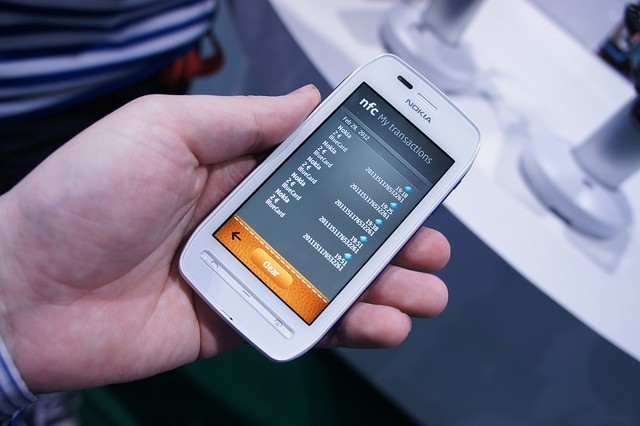
Kristen Gramigna of BluePay describes three ways mobile payments can transform the patient experience and improve a hospital’s bottom line.
Though mobile payments have been popular in retail and restaurant venues and accepted by major brands like Starbucks and Apple for nearly five years, the mutually beneficial advantages they offer both consumer and merchant haven’t gone unnoticed by a host of other industries, including health care. Here’s a look at why more hospitals have begun to integrate mobile payments into their operations as a way to improve patient experience and, ultimately, the bottom line.
1. They reduce unnecessary wait times.
Hospital wait times aren’t just frustrating to patients; they present a significant cost to the health care organization at large. In the study Impact of Emergency Department Crowding on Outcomes of Admitted Patients (published in the Annals of Emergency Medicine), researchers confirmed a direct correlation between emergency room wait times and higher costs to treat patients. Even more importantly, the study revealed that patients who wait longer for emergency care have higher mortality rates.
Though not all aspects of hospital operations can be controlled, workflows aimed at eliminating unnecessary downtime in the events that are predictable, including the amount of time it takes for the patient to complete the “front office” processes and administrative paperwork required before they can see a doctor, can deliver significant cost and care advantages to patient and hospital. Because mobile payments equip staff to process patient payments from anywhere, for example, patients can be roomed as soon as possible, allowing for more flexibility in when and how care and administrative functions are addressed, based on patient demand and the medical staff’s availability.
2. They can conquer profitability challenges.
Changes in regulations are making profitability harder to achieve in hospital settings and private practices. In one 2013 Black Book case study, 72 percent of health care financial leaders said that they expect to face either eroding or negative profitability in 2014. Though Deloitte estimates that patient payments currently account for about 30 percent of the average hospital revenue stream, changes in the insurance industry introduced in part by the Affordable Care Act, in tandem with tighter reimbursement standards imposed on hospitals by insurers and Medicaid, make the amount of patients who fulfill their out of pocket responsibility increasingly important.
Considering that medical debt is the No. 1 cause for bankruptcy filing in the United States, and that providers currently collect just 35 percent to 65 percent of patient payments under the traditional billing system, mobile payments represent a path to collections proactivity that many health care organizations can no longer afford to leave to chance. By integrating mobile payments into the the patient care system, organizations can ensure that patient financial responsibility is accounted for before investing resources in a treatment plan that the patient may approve, but later can’t pay for.
3. Mobile technology has become the norm.
As mobile technology is increasingly integrated into nearly every aspect of business and personal life, the use of mobile payments in a hospital setting will become more accepted, and expected, by patients across age groups. eMarketer cites May 2013 data collected by Forrester Research indicating that more than 60 percent of the population aged 18-46 owns a smartphone. Though a lower percentage of people over age 46 own a smartphone, more than 85 percent do carry a mobile phone.
Echoing those figures, Deloitte estimates that the revenue value of the mobile health care market will reach $400 million by 2015. As competition in the health care market becomes more stiff (and profits harder to achieve), hospitals that leverage the technology and conveniences their patients use in their daily lives will realize a competitive advantage by way of an enhanced patient experience, complete with convenience and ease of use.
Kristen Gramigna is Chief Marketing Officer for BluePay, a credit card processing firm, and also serves on its Board of Directors. She has more than 15 years experience in the bankcard industry, including the ever-growing mobile credit card processing field.

